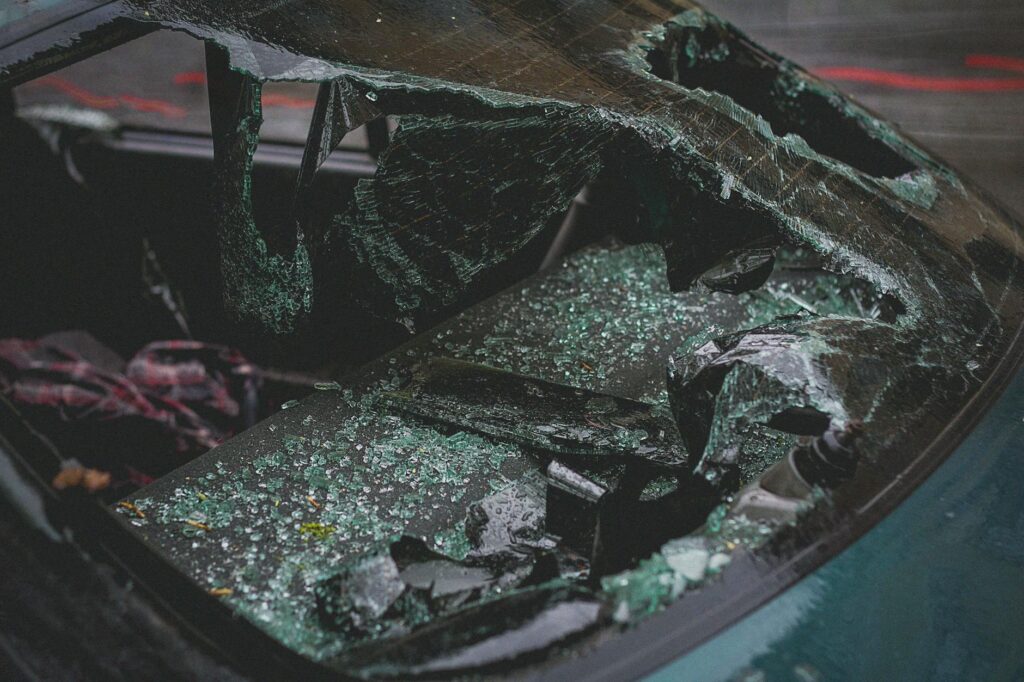Choosing the right auto insurance can feel like navigating a maze. This guide will help you understand the key aspects, empowering you to make informed decisions and protect yourself on the road.
Understanding Your Coverage Options
Auto insurance policies aren’t one-size-fits-all. Common types of coverage include liability, which covers damages to others; collision, covering damage to your vehicle; and comprehensive, protecting against non-collision events like theft or vandalism. Understanding these differences is crucial in determining the right level of protection for your needs and budget. Consider factors such as the age and value of your car when making your choice. 
Factors Affecting Your Premiums
Several factors influence your insurance premiums. Your driving record is a significant factor; accidents and traffic violations can lead to higher rates. Your location also plays a role, as higher-risk areas typically command higher premiums. Your age and the type of vehicle you drive also contribute to the overall cost. Learning about discounts can help you save money.
Choosing the Right Deductible
Your deductible is the amount you pay out-of-pocket before your insurance coverage kicks in. A higher deductible typically results in lower premiums, while a lower deductible means higher premiums but less out-of-pocket expense in case of an accident. Carefully weigh the pros and cons based on your financial situation and risk tolerance. 
Bundling and Saving
Many insurance companies offer discounts for bundling your auto insurance with other types of insurance, such as homeowners or renters insurance. This can be a great way to save money and simplify your insurance management. Check out this comparison tool to see how different bundles stack up. This strategy can often lead to significant savings over time. Remember to compare rates from different providers. Reading reviews can be beneficial when you are choosing.
Filing a Claim
Knowing what to do after an accident is crucial. Gather all necessary information, including contact details and insurance information of the other parties involved. Report the accident to the police and your insurance company as soon as possible. Document the scene with photos or videos. [IMAGE_3_HERE] Learn more about the claims process here.
Protecting Yourself on the Road
Auto insurance is more than just a financial obligation; it’s a crucial layer of protection in case of unforeseen circumstances. By understanding the various types of coverage, factors influencing premiums, and the claims process, you can make informed decisions to safeguard yourself and your vehicle. Proactive steps like defensive driving and vehicle maintenance can further reduce risks and potential costs. Here’s a defensive driving course.
Remember, comparing quotes from several insurers is always recommended. Take advantage of available discounts and tailor your coverage to your specific needs and budget. Making informed decisions is paramount to securing adequate and affordable auto insurance protection.
Frequently Asked Questions
What is liability insurance? Liability insurance covers damages or injuries you cause to others in an accident.
How often should I review my auto insurance policy? It’s a good idea to review your policy at least once a year, or whenever there’s a significant change in your circumstances (new car, change in address, etc.).
What documents do I need to file a claim? You will generally need police reports, photos of the accident scene, and contact information of all parties involved.
What factors affect my insurance rates? Your driving record, location, age, type of vehicle, and credit score are all factors.
Can I get discounts on my auto insurance? Yes, many companies offer discounts for safe driving, bundling policies, and other factors. Check your eligibility for discounts.



